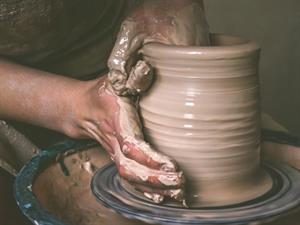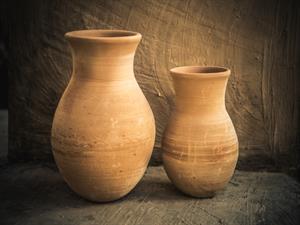PDF chapter test TRY NOW
In our lower classes, we learned about physical and chemical changes. In this section, we will look at the effects and conditions that distinguish chemical and physical change.
Now let us recall the term chemical change with some examples:
Any substance that changes its chemical properties is known as chemical change. In this change, a new substance is formed, and these changes are irreversible (i.e. they cannot be brought back to their original form) in nature. These changes are permanent.
Example:
Burning of a candle, paper, and matchstick, cooking food and digestion of food, formation of curd from milk, heating sugar to form caramel, rusting of iron etc.
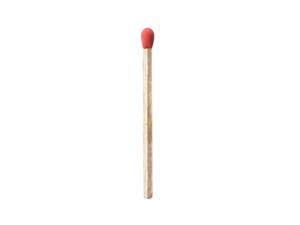
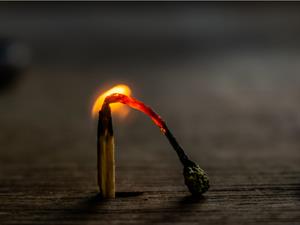
Baking a roti: When the dough is baked into a roti, it cannot be changed into a dough again. These changes cannot be reversed.
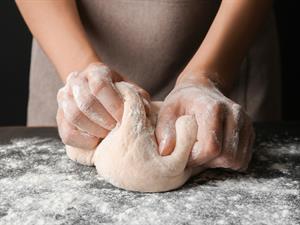
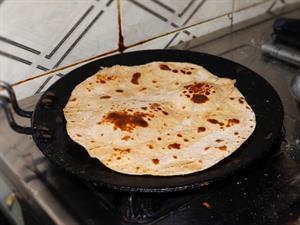
Pot making: A potter makes a pot using a lump of clay. The shaped pot can be rolled again into a lump which is a reversible process. But, when the same pot is baked in an oven, it cannot be shaped into a lump of clay again. So, this process becomes irreversible.
